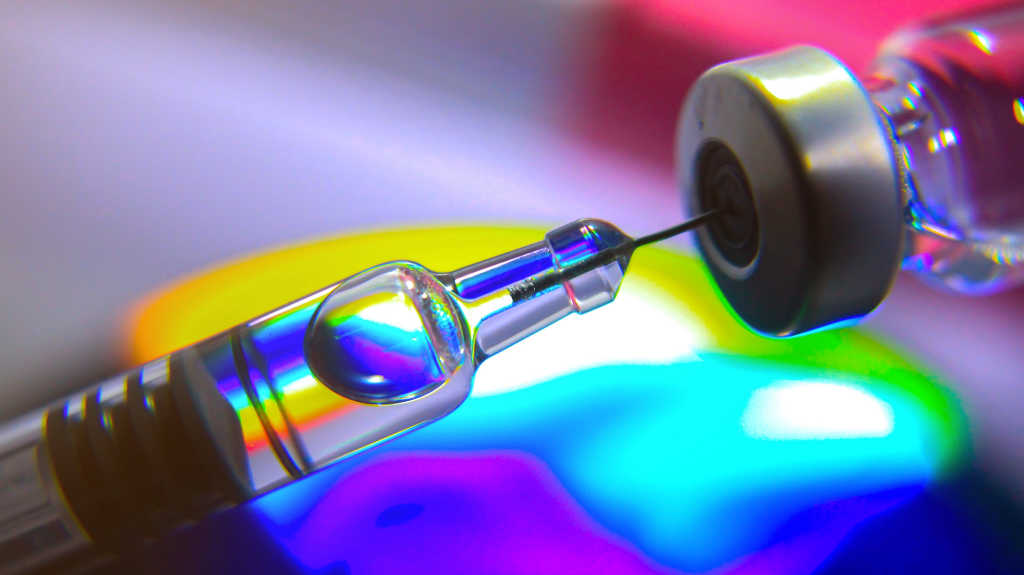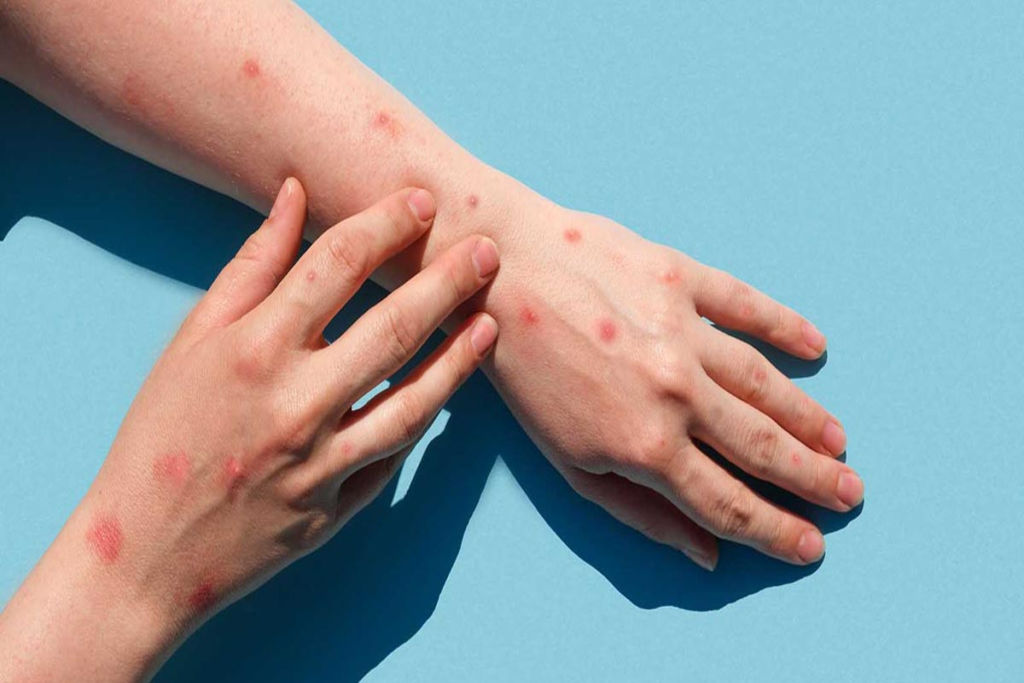Why is the world getting more Monkey Pox cases? Many factors seem to be at play, including: Lack of vaccines, sexual contact, and shortage of supplies. These all point to a growing public health crisis. And while the virus may not be as harmful as human coronavirus, it’s still a cause for alarm. The following are some possible explanations.
Spreading through sexual contact
Scientists are baffled as to why monkeypox is so widespread. In recent years, the virus has been fatal in as many as 6% of all infections. But no deaths have been reported in current cases. Researchers have linked the virus first detected in Nigeria in 2018 and 2019 to the current outbreak. In fact, it is possible that the virus is circulating in the U.S. through the trade of monkeypox.

The disease spreads through close physical contact with an infected person. This is amplified by sexual contact. Monkeypox is generally spread by primates and animals in central and western Africa and is not usually transmitted across national borders. However, four confirmed cases in Germany have been linked to parties where sexual activity was involved. Therefore, preventing the disease from spreading in the U.S. and worldwide may prove to be vital for the health of the LGBTQIA+ communities.
Less transmissible than coronavirus
The virus is spread between people through close contact, inhaling contaminated droplets or surfaces, and airborne transmission. In the past, coronavirus was less transmissible than monkeypox and had a low mortality rate. The virus’ R0 value (relative risk factor) was less than one for a global outbreak. In contrast, the monkeypox virus is more transmissible than the coronavirus and can infect people up to six feet away.

Human contact is the most common means of transmission. The virus can be transmitted through close physical contact, which is facilitated by the presence of a rash. Moreover, the virus can survive on contaminated items, such as bedsheets, towels, and clothing. The disease can be spread via sexual contact, but it is also transmitted through nonsexual contact. The infection is less contagious once the skin has healed.
Short supply of the vaccine
The CDC is actively working to increase its supply of the monkeypox vaccine. However, a short supply has already affected several jurisdictions. As of July 15, the U.S. has received only 372,000 doses of the vaccine. That means that most jurisdictions are going to be without the vaccine until a new supply becomes available. In the meantime, New York City is providing only one dose of the vaccine to its residents.

Although the disease is not as severe as in the past, it can still be deadly. The vaccine is available in the United States for pre-exposure prophylaxis or post-exposure vaccination. The vaccine is available from the Strategic National Stockpile, but there is a limited supply in the U.S. A limited supply of the vaccine has led to the epidemic in some parts of the world. Only 6.9 million doses of the vaccine are expected to be available by mid-2023. By 2022, only 1.9 million doses of the vaccine will be available.
Transmission routes
There are several different ways in which monkeypox can be transmitted, and it’s important to understand the transmission routes in order to prevent the spread of the disease. One of these routes involves sexual contact. Although this is the most common way of transmission, other forms of contact can also be responsible for the spread of monkeypox. The following are some of the more common transmission routes. These routes include sexual contact with other humans, sex, and in some cases, sexual activity with monkeys.

Human monkeypox infections often begin with a rash that develops into papules, vesicles, and pustules. These lesions are deep-seated and well circumscribed and may involve the umbilicus. During a monkeypox outbreak, these lesions are often widespread and progress to become pustules, which are followed by scabs.

